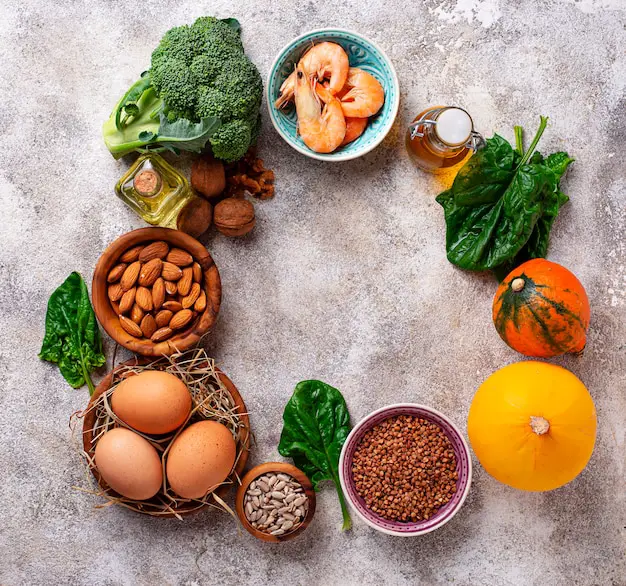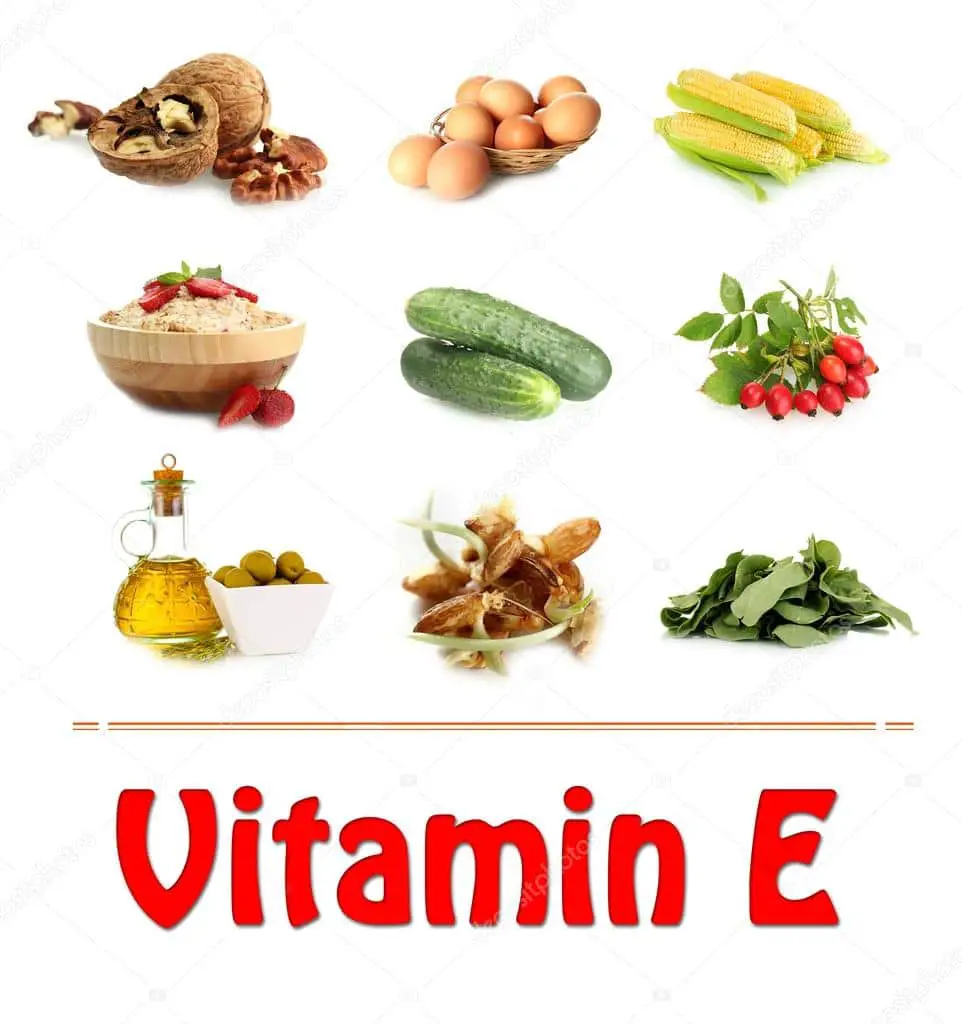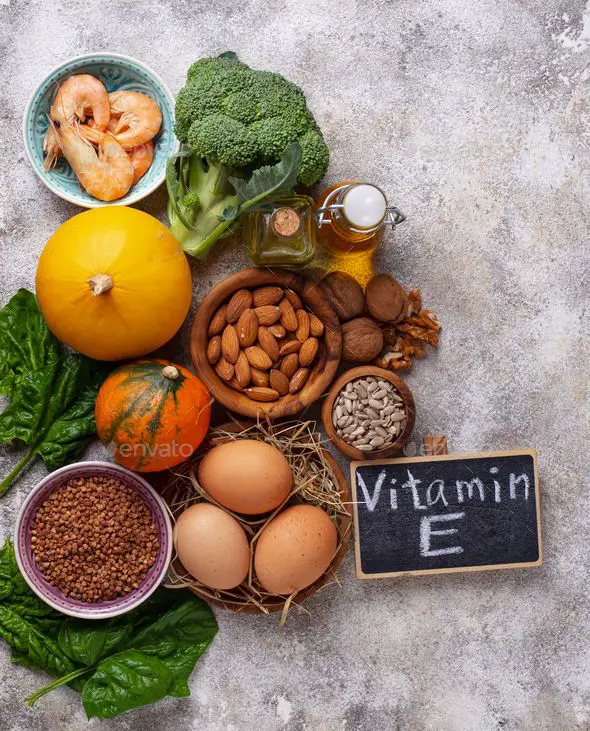How Much Vitamin E Should You Consume
According to the National Institutes of Health , the recommended dietary allowance for people over the age of 14 is 15 mg. This amount is also set as vitamin E Daily Value , meaning its used as a reference point on the labels of dietary supplements and foods.
Women who are breastfeeding need more 19 mg whereas children have lower requirements, starting from 4 mg for infants and rising to 11 mg from ages nine to 13. Tolerable Upper Intake Level for vitamin E a maximum daily dose deemed to be safe is 1,000 mg.
The Unique History Of Vitamin E
Henry Albright Mattill was obsessed with the possibility that milk was the perfect food. The professor of biochemistry ran a series of experiments, starting in 1920, in which he fed a group of rats nothing but cows milk for their entire lives. Aside from the grim monotony , the rats appeared to thrive.
Until, that is, it was time for them to reproduce. Both males and females, it turned out, had become sterile on the dairy diet. Mattill and his colleagues then went to work supplementing the diet to figure out what was missing. Starch, butterfat, salts, whole milk, dried milk nothing worked. They began thinking that maybe milk was some kind of pregnancy preventer.
Another scientist, an endocrinologist named Herbert Evans, who in 1922 had just published the definitive guide to the estrous cycle in the rat , caught wind of the then-recent discoveries of vitamins A, B, and C, and wondered whether there might be some hitherto unknown nutrient that rats and all mammals, perhaps require in order to reproduce. They fed their rats a combination of casein , cornstarch, lard, butterfat, salts, cod liver oil , yeast , and orange juice and still no pregnant rats.
So now that we know that vitamin E can help rats have babies, lets see whats in it for humans. What exactly is vitamin E and what health benefits does it bestow ? What are the best sources of vitamin E? And given its importance, should you take a supplement to be sure youre getting enough?
Almonds: 73 Mg 49% Dv
Out of all the nuts, almonds boast the highest levels of vitamin E, with 49 percent of the DV per 1-ounce serving. Almonds are filling, too, with 14 grams of healthy fat and 6 grams of protein per serving, making them the perfect snack or yogurt topper.
Eating almonds is linked to a decreased risk of heart disease because they help lower bad LDL cholesterol, per the Harvard T.H. Chan School of Public Health.
You May Like: Best Vitamin Brands For Women
The Potential Health Risks Of High
Recently published studies have suggested that vitamin E supplements not only fail to prevent heart disease and cancer, but may actually harm people who take high doses over a long term. However, these studies are limited by the fact that they involved:
- people 55 years or older who already had heart disease or diabetes
- people with cancer or who previously had cancer and
- people who may be at higher risk of developing these diseases.
One study found that patients with heart disease or diabetes who took 400 IU of vitamin E daily for an average of seven years were at a significantly increased risk of heart failure compared to patients who were not taking vitamin E supplements. This study concluded that high-dose vitamin E supplements should not be taken by patients with heart disease or diabetes.
In another study, daily doses of 400 IU of vitamin E were given to patients receiving radiation therapy for cancers of the head and neck. The theory was that the antioxidant treatment might reduce the incidence of additional cancers of the same type among these patients. However, it was found that those who received vitamin E supplements were significantly more likely to develop other similar cancers during the supplementation period than those receiving a placebo.
What Are The Best Natural Sources Of Vitamin E

Vitamin E is found in fats and oils from animal products , as well as vegetables, seeds and cereals. You only need a small amount of these fats and oils to get enough vitamin E in your diet. Women need an average of 7mg daily, and men need around 10mg daily.
The way you prepare your food affects how well vitamins are absorbed. Vitamin E is sensitive to heat, so it is best to eat fresh, raw vitamin E-rich foods when you can.
Here is a guide to some plant-based foods that are rich in Vitamin E:
| Vitamin E rich food | ||
| Can be baked or roasted and eaten as a side dish. | ||
| Red capsicum | 2mg per 1 medium raw capsicum | Use fresh in salad or sauté as a side vegetable, but cooking reduces the vitamin content. |
| Beet greens and spinach | 1.8-2mg per 100g | The leafy stalks of the beetroot can be eaten raw in salad or sautéed in oil as a side dish. |
Don’t Miss: What Can I Take For Vitamin D
Risks Associated With Too Much Vitamin E
Except for an anticoagulant effect, vitamin E has no known toxicity or side effects. There was a meta-analysis conducted by John Hopkins in 2004 that raised some concern about higher daily intakes, but this was most likely associated with pre-existing health conditions. Vitamin E in very high doses may interfere with the bodys ability to clot blood, posing a risk to people already taking prescribed blood thinners.
Find more information on vitamin E and prostate health.
Cooking With Ingredients Rich In Vitamin E
Also Check: What Are The Best Vitamins For Me
Putting Vitamin E Absorption Into Perspective
We all need sources of vitamin E because our bodies do not manufacture the vitamin naturally. Food sources usually provide adequate absorption of vitamin E. Most people do not have a vitamin E deficiency, and therefore most individuals do not require a vitamin E supplement.
Vitamin E is a fat-soluble vitamin that protects vitamin A. Vitamin E protects the essential fatty acids from oxidation in the cells of the body. Vitamin E also prevents the breakdown of body tissues. There are many foods which provide adequate sources of vitamin E.
Vitamin E And Eye Health
People who dont take in much vitamin E from food have a higher risk of developing age-related macular degeneration , an eye disease that can lead to the loss of our central vision, compared with people who get this nutrient regularly in their diet.
Studies are less conclusive when it comes to supplemental vitamin E and eye health. A couple of studies showed no benefit. On the other hand, the Age-Related Eye Disease Study , a large randomized clinical trial, found that participants at high risk of macular degeneration reduced that risk by 25% by taking a daily supplement containing vitamin E and other antioxidants as well as zinc and copper.
Read Also: Do Cranberries Have Vitamin C
Peanuts And Peanut Butter: 2 Mg 13% Dv
Everyone’s favorite snack, sandwich spread and dip, peanut butter has 13 percent of your DV for vitamin E in 2 tablespoons plus unsaturated fat, magnesium and protein. Similarly, an ounce of roaster peanuts has 9 percent of your DV.
Try one of these healthy peanut butter snacks to reap the benefits.
Foods High In Vitamin E For Your Skin Hair And Heart
Vitamin E may just seem like something added to your lotion or conditioner, but its actually an essential nutrient that does more than nourish your skin and hair. Vitamin E refers to a group of powerful antioxidants that provide a variety of anti-inflammatory functions and destroy free radicals to protect your cells from oxidative damage. Moreover, since vitamin E also plays several roles in supporting the immune system and protecting against diseases such as heart disease and cancer, deficiencies can make you more prone to illnesses, infections, and inflammatory diseases, as well as eyesight impairments and muscle weakness.
Since vitamin E is a fat-soluble nutrient, absorption is increased in the presence of dietary fat. Therefore, when eating any food high in vitamin E that isnt oil or fat itself, its best to pair the vitamin E food with another food that contains fat. Fortunately, there are quite a few foods that contain at least some vitamin E, though the best dietary sources of vitamin E are high in alpha-tocopherol, the most bioactive form of the nutrient. To ensure you have the shiniest, full head of hair, supple and soft skin, and formidable immune system, keep reading for a list of the foods highest in vitamin E.
May 2, 2018
Also Check: What Vitamins Should A 21 Year Old Male Take
Benefits Of Getting Enough Vitamin E
So given that you are probably not a rat who wants to have babies, what has vitamin E ever done for you? Before I start sharing the long list of benefits, I want to front-load a little bit of a spoiler here: while you can find vitamin E in both foods and supplements, there appear to be differences in the benefits you receive from the two sources. As youll see, evidence suggests that its better to get your vitamin E from whole food sources whenever possible.
Amazon Elements Vitamin E

Amazon Elements Vitamin E is a is a basic vitamin E supplement that uses a mixture of alpha, beta, gamma, and delta tocopherols. Each gelatin-based softgel provides 400 IUs of vitamin E, which is dissolved in soybean oil.
Those looking to avoid soy, and those who are strict vegetarians and vegans, will want to opt for something else, but if these relatively minor issues dont concern you, its a solid choice.
You May Like: How Much Vitamin C Does A Person Need Daily
Olive Oil: 19 Mg 13% Dv
Theres a reason olive oil is widely used in skin-care products: It contains the antioxidant vitamin E. But dont eat hand lotion â instead, cook with olive oil, or use it for dipping or a salad dressing. A 1-tablespoon serving has 13 percent of the DV for vitamin E.
Olive oil is also an excellent source of heart-healthy unsaturated fat, which is why its the star ingredient in the Mediterranean Diet.
You May Like: What Is Vitamin C Used For In Skin Care
Whole Eggs Have Vitamin D And Other Micronutrients
Egg yolks have historically gotten a bad rap for raising levels of LDL cholesterol, as Harvard Health Publishing notes. But skipping them in favor of egg whites means youll miss out on some of the protein and several of the minerals in yolks, such as zinc and selenium, which play a role in boosting your immune system. And youll miss out on vitamin D, too. Two egg yolks contain roughly 65 IU, per the USDA, making them a good source. Yolks also contain dietary fat, which your body needs to absorb fat-soluble vitamins like D.
Read Also: Important Vitamins For The Elderly
Consuming Vitamin E Using Supplements
Roasted Shrimp Spinach Salad Recipe
By Shalini This post contains affiliate links which means if you use them to make a purchase, Ill earn enough money to maybe buy me a lil something an ingredient, probably.
Made with only a handful of fresh, healthy ingredients and one pan, this 10 Minute Roasted Shrimp Spinach Salad is a light, quick, tasty and easy meal!
Let us first talk about Vitamin E and why it is crucial to our body.
Also Check: Is It Safe To Take Vitamin D
Don’t Miss: How Much Vitamin D Should You Take
Why Should I Include Vitamin E In My Diet
Vitamin E is an antioxidant, which means that it can help protect cells in your body against damage caused by exposure to harmful substances such as cigarette smoke or radiation.
Vitamin E also helps keep your immune system healthy, promotes good eye health and maintains healthy skin. Vitamin E may also have a role to play in maintaining heart health.
Read more here about vitamin E and your health.
What Does The Department Of Health And Social Care Advise
You should be able to get the amount of vitamin E you need by eating a varied and balanced diet.
If you take vitamin E supplements, do not take too much as this could be harmful.
Taking 540mg or less a day of vitamin E supplements is unlikely to cause any harm.
Page last reviewed: 03 August 2020 Next review due: 03 August 2023
You May Like: How Do I Get More Vitamin C
Read Also: How To Get All My Vitamins And Minerals
Signs Of Vitamin E Deficiency
A deficiency in vitamin E is very rare and typically only occurs if you have an underlying condition that impairs absorption of fat-soluble vitamins like vitamin E. In particular, people with cystic fibrosis, Crohns disease, chronic pancreatitis, cholestasis or short bowel syndrome are at a higher risk for vitamin E deficiency.
Common symptoms of a deficiency in vitamin E include:
- Difficulty walking
If you think that you may have a vitamin E deficiency, its important to talk to your doctor to determine the best course of action. Increasing your intake of foods high in vitamin E is generally recommended over supplementation to minimize the risk of adverse side effects.
How To Select And Store

Look for pineapples that are heavy for their size. While larger pineapples will have a greater proportion of edible flesh, there is usually no difference in quality between a small and large size pineapple. Pineapples should be free of soft spots, bruises and darkened “eyes,” all of which may indicate that the pineapple is past its prime. Pineapple stops ripening as soon as it is picked, so choose fruit with a fragrant sweet smell at the stem end. Avoid pineapple that smells musty, sour or fermented.
At WHFoods, we encourage the purchase of certified organically grown foods, and pineapple is no exception. Repeated research studies on organic foods as a group show that your likelihood of exposure to contaminants such as pesticides and heavy metals can be greatly reduced through the purchased of certified organic foods, including pineapple. In many cases, you may be able to find a local organic grower who sells pineapple but has not applied for formal organic certification either through the U.S. Department of Agriculture or through a state agency. However, if you are shopping in a large supermarket, your most reliable source of organically grown pineapple is very likely to be pineapple that displays the USDA organic logo.
Recommended Reading: Vitamins For Healthy Immune System